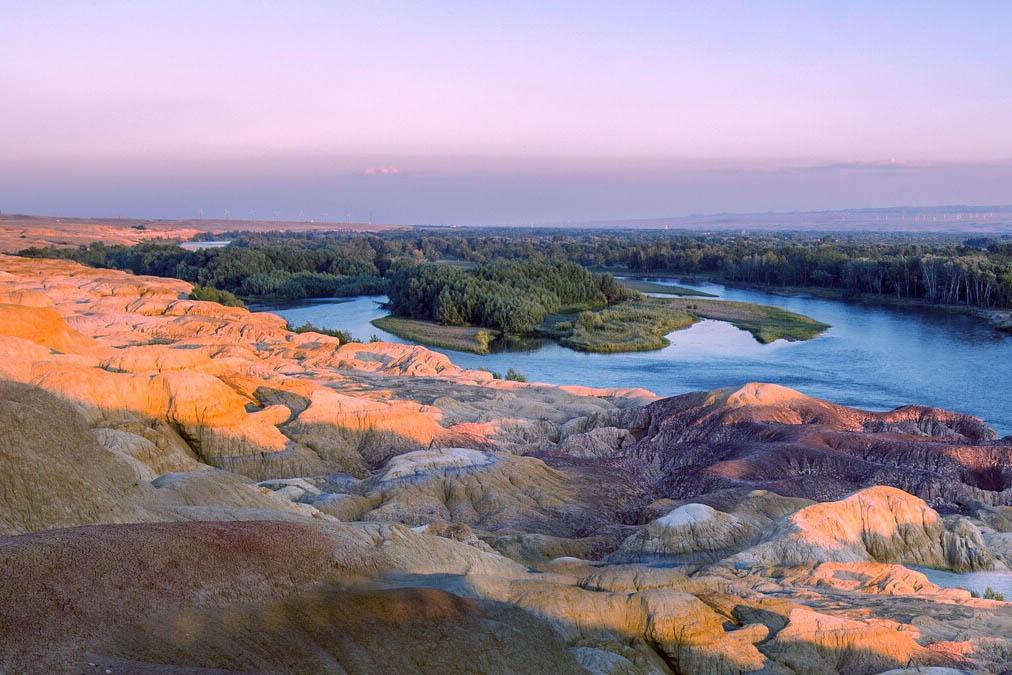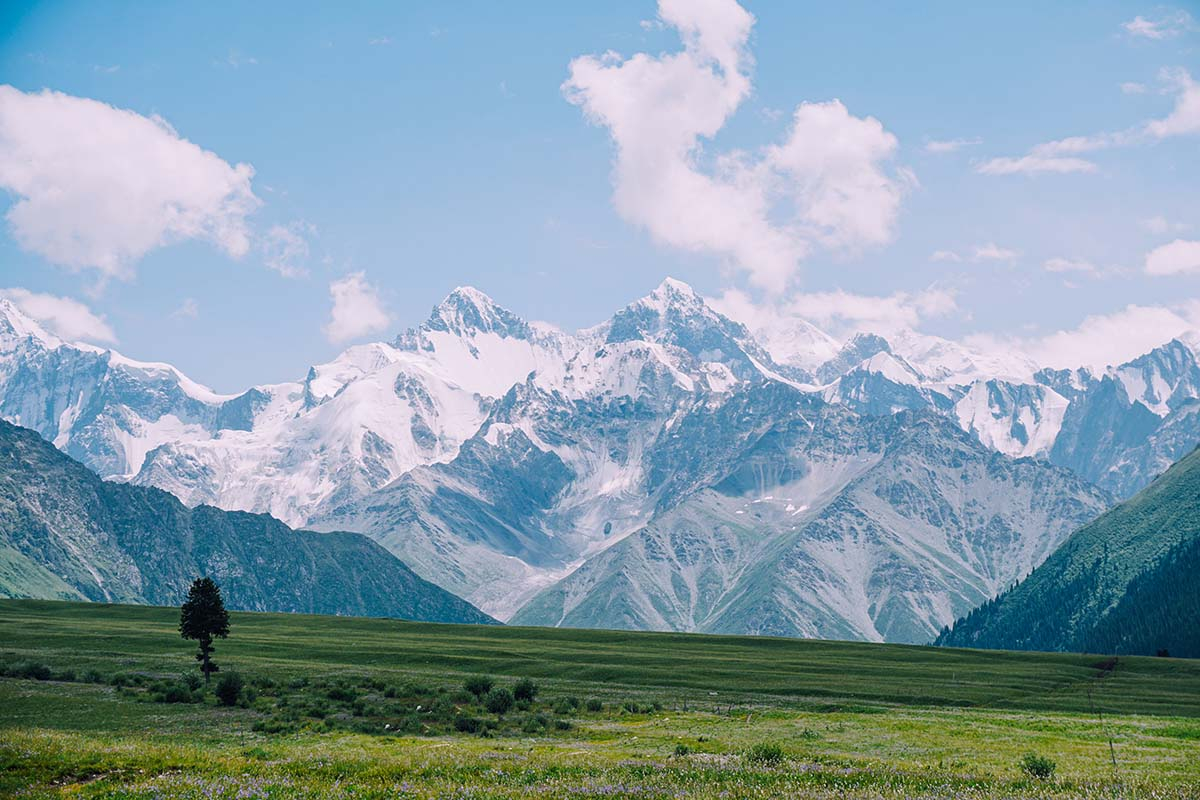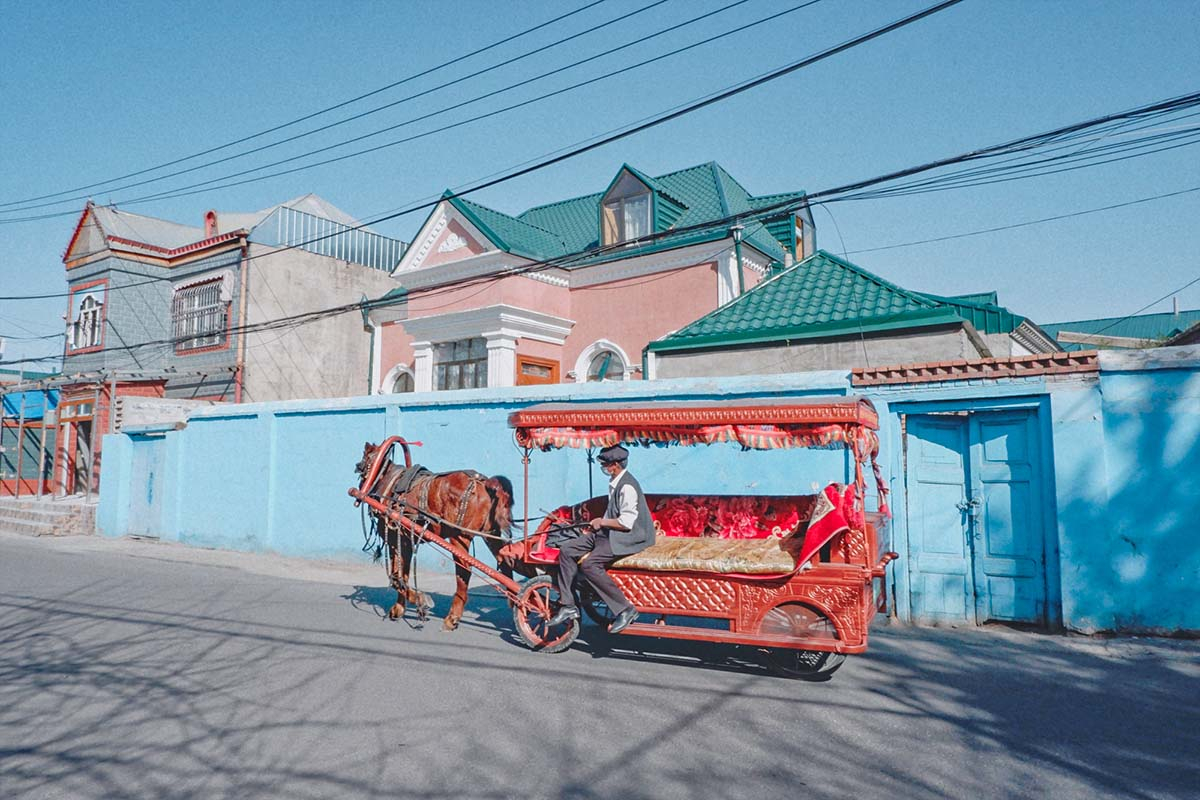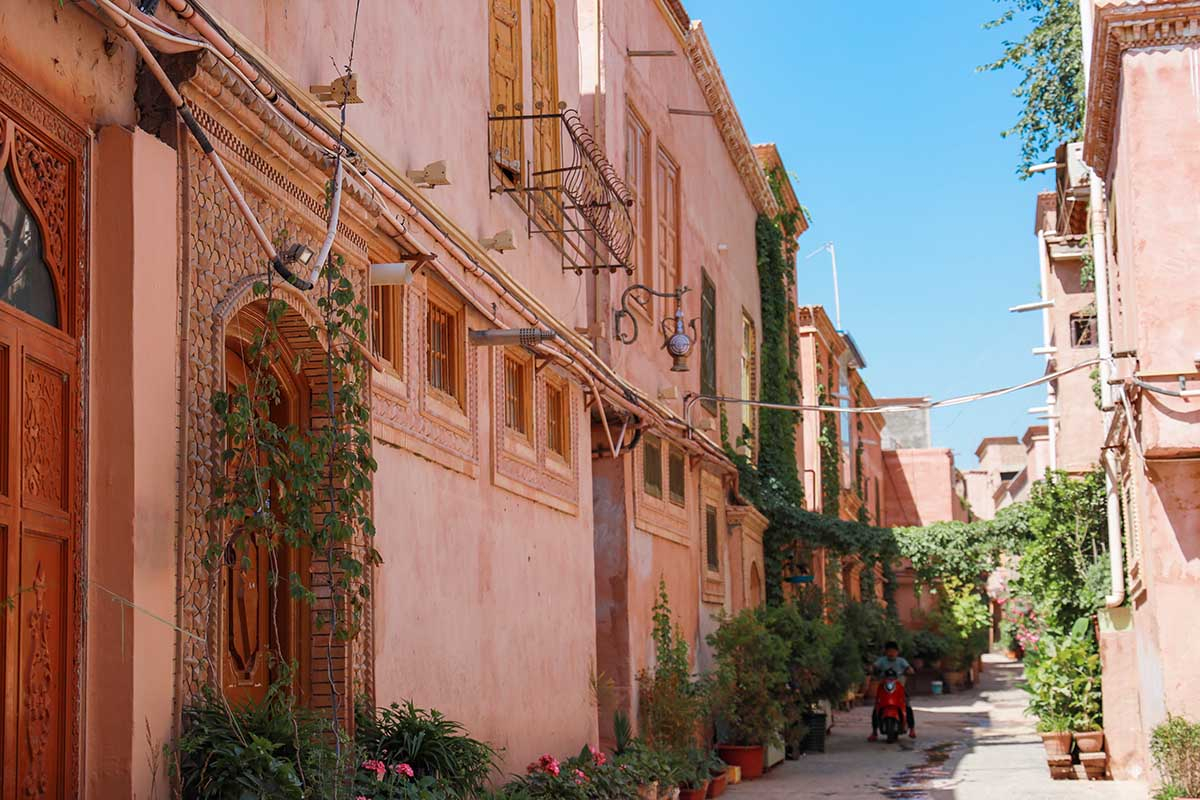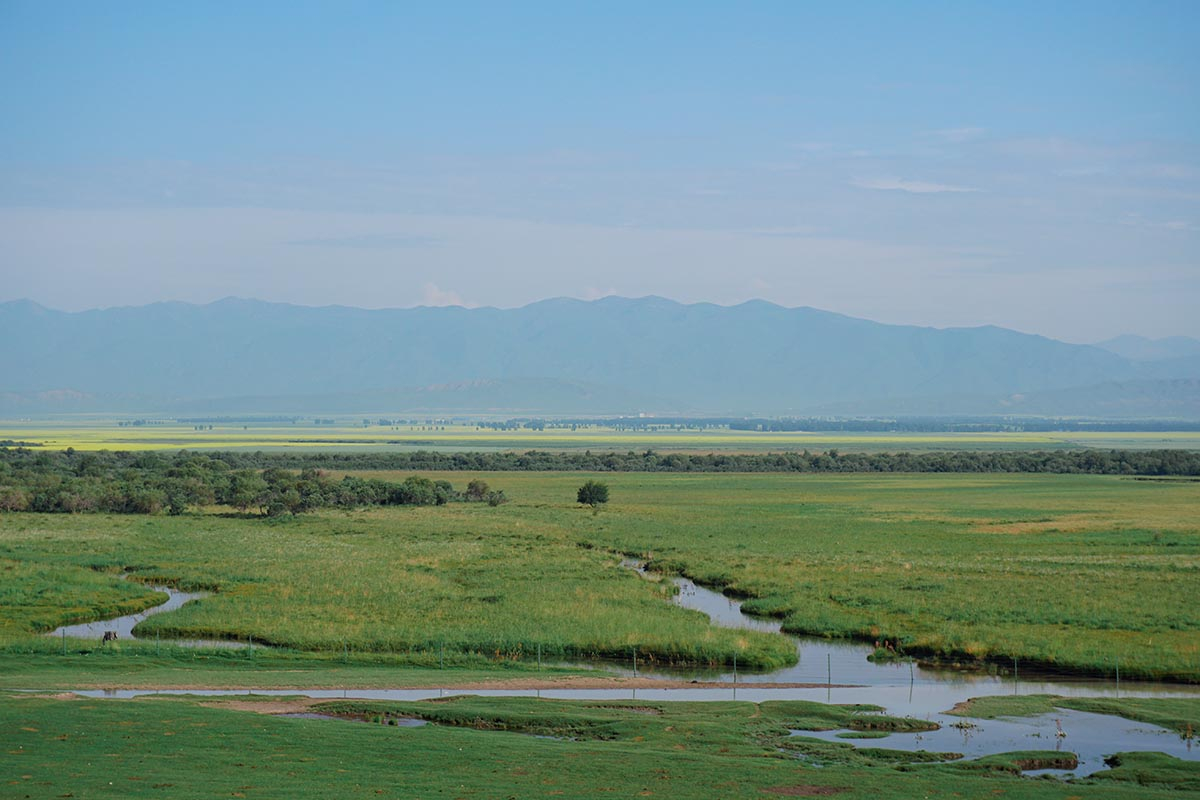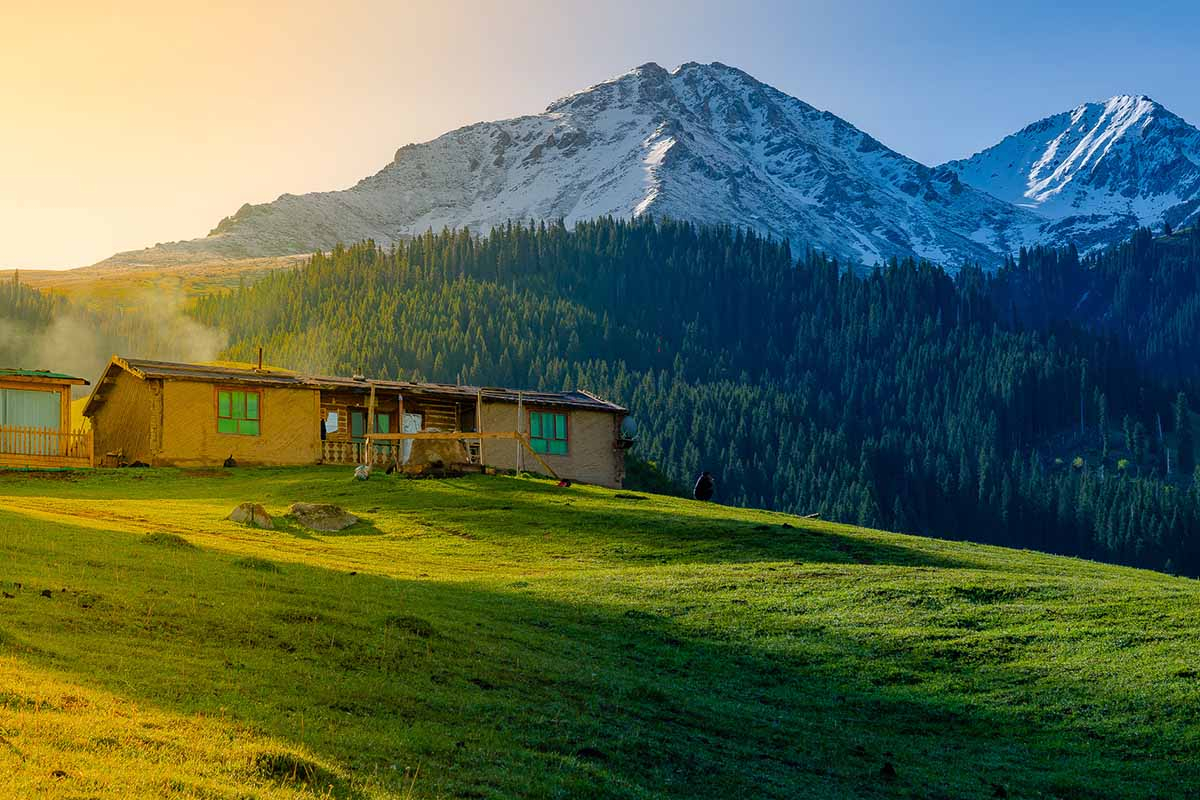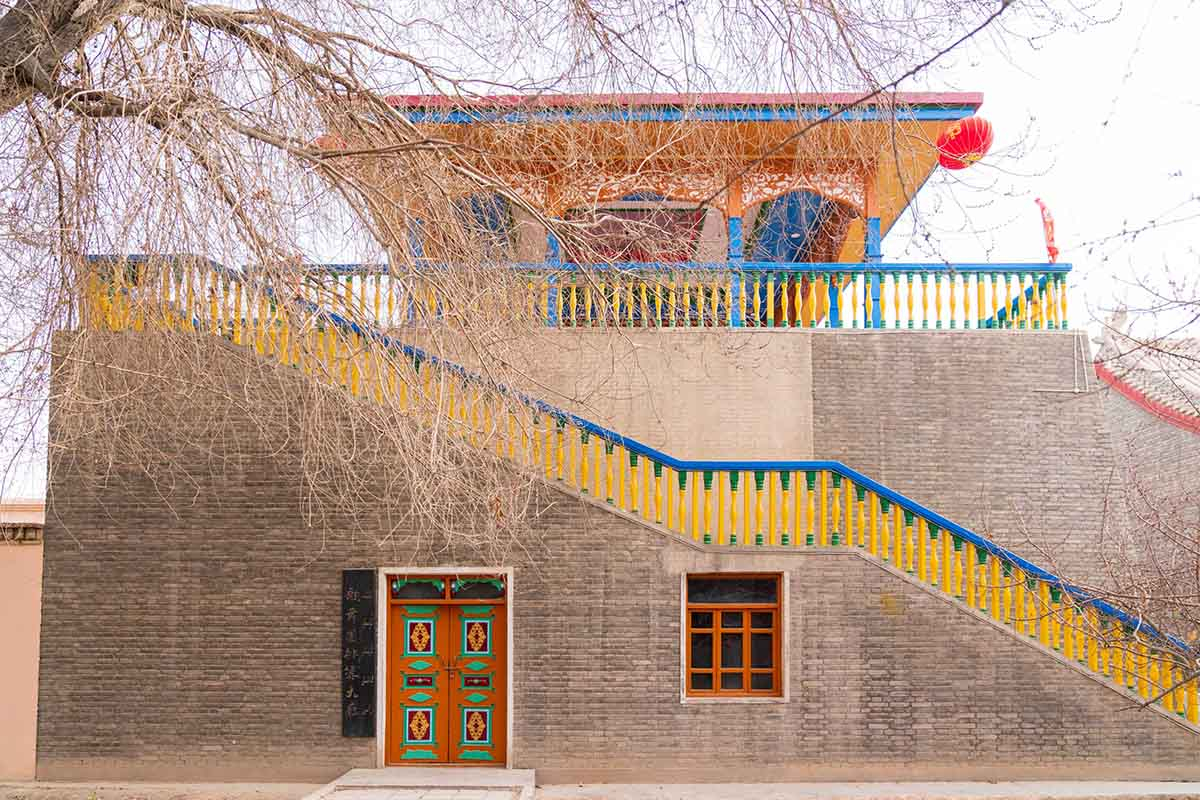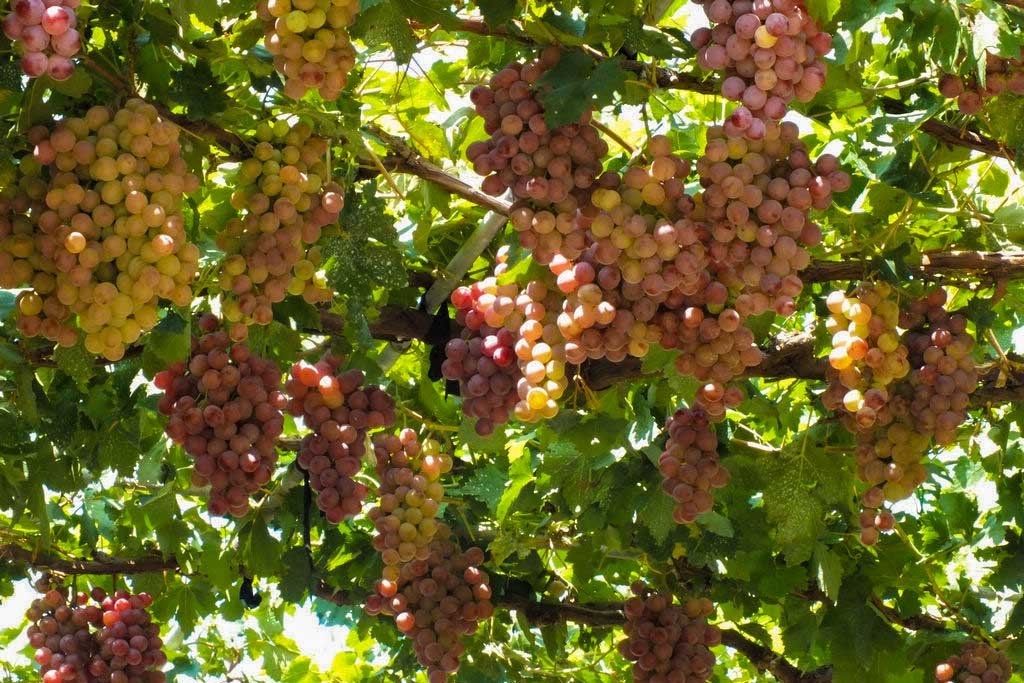Kashgar Ancient City
Chinese name: 喀什古城(Ka Shi Gu Cheng)
Location: City of Kashgar, Xinjiang.
Ticket: Free
Estimated time of tour: half day to one day
Recommended time of visit: All year round.
Nearby attractions: Kashgar Century-old Teahouse, Id Kah Mosque, Apak Hoja Tomb, Karakul Lake, White Sand Lake, etc.
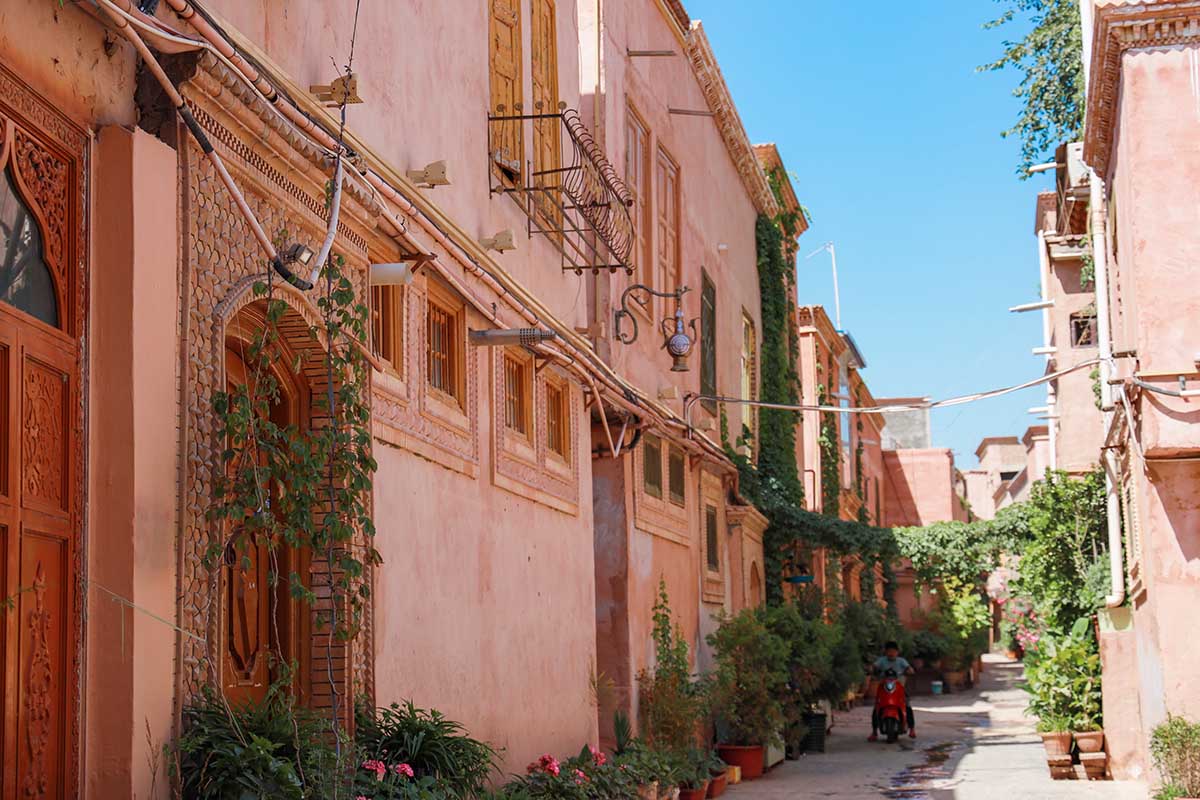
The city of Kashgar is the heart of nowadays Kashgar Region of Xinjiang Uygur Autonomous Region. It has population of 700,000. It is the westernmost city of China, to its west is the mighty Pamir Plateau. It is the only administrative body in China that borders 4country. Kashgar shares it borders with Afghanistan, Tajikistan, Pakistan and Kyrgyzstan. Kashgar lies in the west of the Taklamakan Desert and at the feet of the Tian shan Mountai range. It is also where both the northern and southern routes from China around the Taklamakan Desert converge.
In history, Kashgar played an important role. It is an important hub on the Old Silk Road, a vibrant Islamic centre. It is the largest oasis city in Chinese Central Asia and 90 percent of their populations are ethnic Uygur. Kashgar is a remote desert oasis. To many Han Chinese, Kashgar is an other-worldly place in China due to its rich Islamic culture and central Asian styled architecture and customs.
Kashgar Old City is in the center of Kashgar. It has a history of over 2000 years. As the best place to experience local customs and get an understanding of local life, Kashgar Old City is a must-go for a Kashgar trip. It is composed of crisscross lanes with all kinds of shops. Though a tourist site, it remains its original feature, that's also what makes it attractive and popular. The famous Kashgar Century-old Teahouse, Id Kah Mosque, and Gaotai Ancient Homes are all in this area.
The word Kashgar means "place where jade gathers". After the foundation of the China Silk Road, Kashgar become an important stop on the route, and developed as a major trading center. Nowadays you can still see small shops selling hats, blankets, and local food everywhere inside the old city; and craftsmen making bronze ware, pottery, and musical instruments.
Kashgar maintained much of its original city lay out with beautiful Islamic and Uyghur Architecture and its resident kept much of old Uyghur traditions.
Inside the old city are many buildings hundreds of years old, Numerous small lanes crisscross the old city, stretching into every corner. It's like walking in a maze exploring the small alleys in the old city. Most of the buildings are two or three stories tall. Each house is typically equipped with a staircase leading to the top of the building. The mud bricks feature Islamic and Uyghur styles, with flower-carved decorations.
- HOTEST
- RECOMMEND

